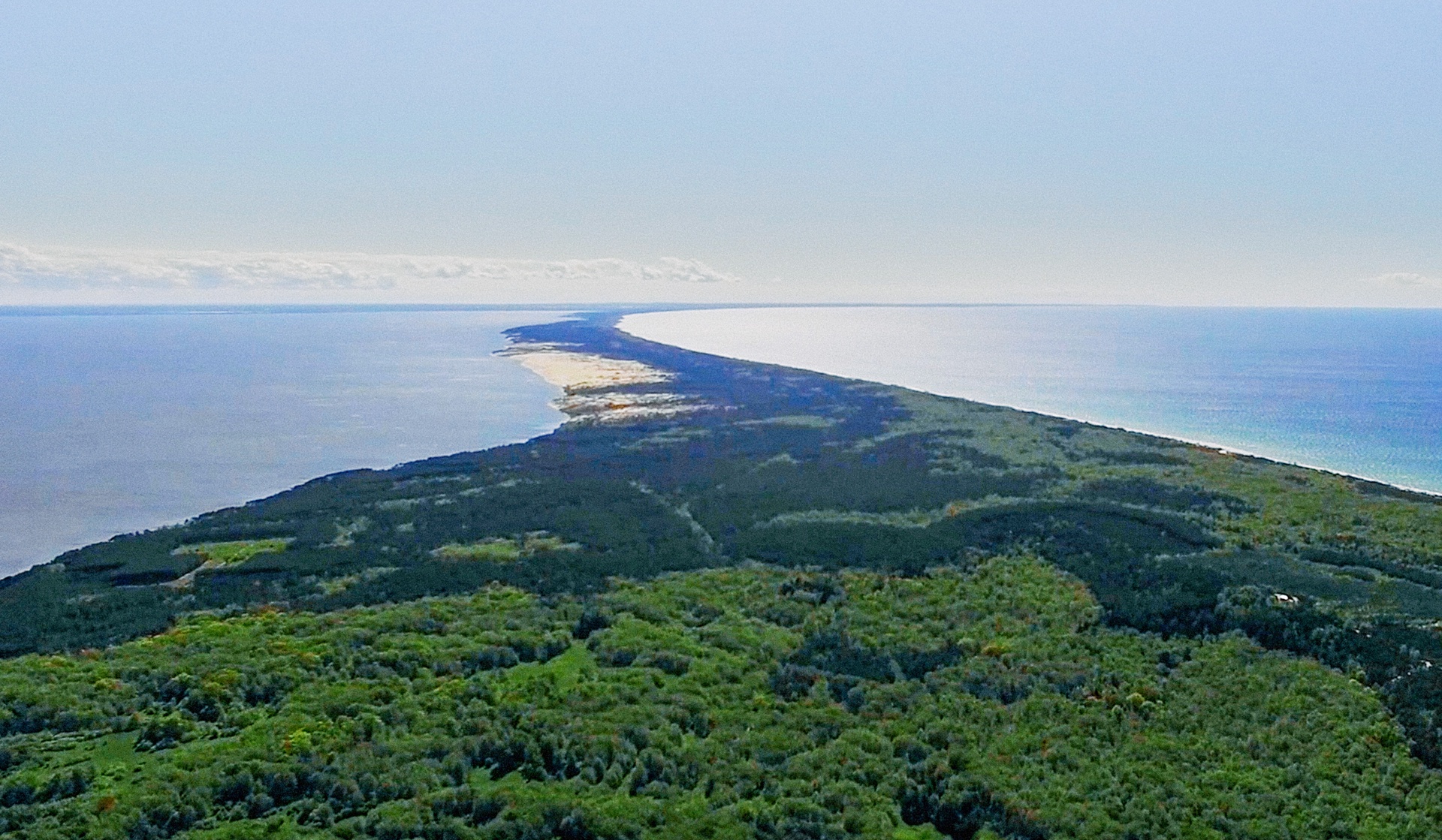The Curonian Spit is a UNESCO World Heritage Site. This national park is known for its ‘singing’ sands and ‘dancing’ trees.
Sean Thomas travels to the Great Dune Ridge, the Curonian Spit’s main ridge, which was formed from sand carried from the coastline by wind and waves. The sand here is said to be ‘singing’ because when its particles rub together, you can hear a rustle or squeaking sound.
There are also a ‘dancing’ pine forests on the Spit. Despite being planted only in 1961, many of the trees here already have oddly twisted trunks. Scientists believe this is due to the pine shoot moth – a type of moth that eats young trees, which may affect their growth.
In spring and fall, the Curonian Spit serves as a bridge for birds migrating south. This is why the world’s first ornithological station was established here nearly 100 years ago. Sean’s journey concludes with a boat ride on the Baltic Sea, the youngest sea on our planet.





























